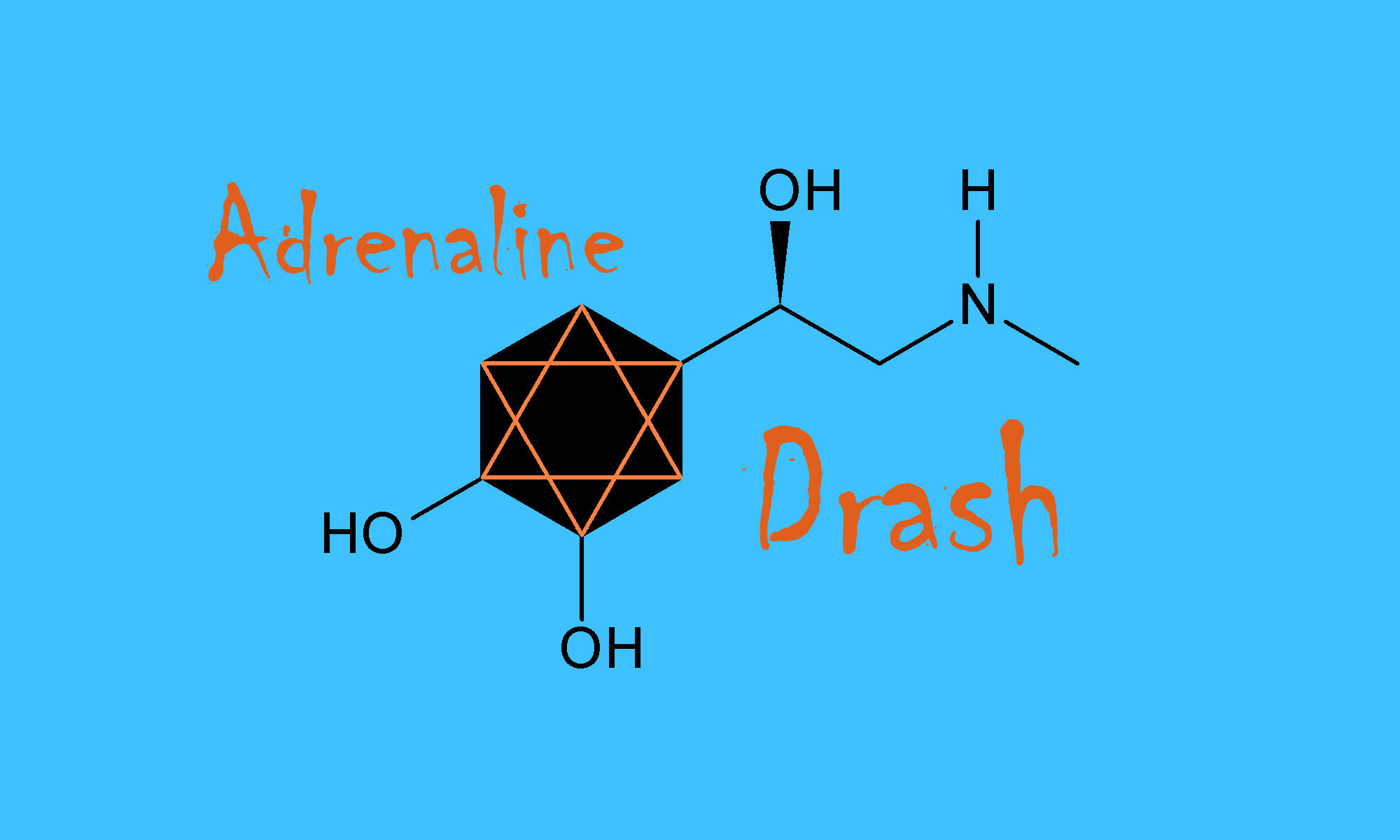My childhood was mostly spent in the dark. People said things each day, each hour, that featured a disconcerting disassociation with truth. There was so much gaslighting it is a wonder we all didn’t go up in flames.
To live in confusion, surrounded by lies and fabrication, evil deeds and coverups, is to live in the dark. There is only one way out: to name what hides in the black, to describe it in all its awful detail, to insist on dragging it into the light so that it may be seen for what it is. A dark world is given its power by fear and by silence.
I have spent my adult life as a teacher and writer naming what I see in the dark: every historical field I worked and wrote about — from the enslavement of indigenous peoples in the silver mines of Potosí to the merciless marketing of the Shoah in literature, film, and even memorial sites — was another effort to reveal that which can destroy life, honor, and memory.
I came to biblical studies late in my life. The texts we call sacred mean the world to me — they are rich and real. And they are as limited and flawed as we are. We may not imagine ourselves safe from their deficits, for they constrict and even harm us. To name those deficits is as important as naming what can inspire us. We may laud the transformative words of psalms attributed to King David; we may not avoid passages describing his unmitigated, wholesale slaughter of the inhabitants of Canaan. “When David attacked a region, he would leave no man or woman alive; he would take flocks, herds, asses, camels, and clothing” (1 Sam. 27:9).
Recently, I joked with my ALEPH seminary students that the book I am currently writing — Male Friendship, Homosociality, and Women in the Hebrew Bible: Malignant Fraternities — is not a book I imagine many of my Jewish Renewal colleagues wanting to read. That book will not offer wise advice or well-crafted and stirring interpretations of beautiful and, yes, inspiring texts. This book is about the dark, and about naming things and making things visible that hide there.
Emily Stern, one of the students in my class, later wrote to me: “It is this very love of looking at the hard stuff, of bringing ourselves to a text that does not even appear to include us, to shun us even, and NOT sweeping the ugly or complicated things under the rug, that is one true nature of love— ‘I love you too much to ignore this and not try to work through it. To bring myself truly to this honestly,’ to not be too tired to do this work, or to do it despite being tired…”
Emily wrote that such work was an act of praise, a praise of God.
I had thought, all these years, that I was drawn to study what terrified me because I believed that I could master fear that way. Emily recast my life’s work for me: Was naming things in the dark, the things that threatened life, my way to learn what I needed to do to protect life? And was that learning an act of praise and thanks to God for helping me have the will to do that work?
We are living in a dark world. In some parts of our country the skies are orange and gray and our people cannot breathe. In others, storms are coming at accelerated speed. Our planet burns and bakes and boils and we continue, each day, to witness those in power lying so obviously, so provably that the lies are not so much shocking as surreal. The destruction of life, of honor, of memory is in the click-baiting headlines that frighten us as they draw us in.
How can we praise God? By naming what we see in the dark.
May we enter this New Year with courage and strength. May we find conviction and clarity to insist on naming what we must reject and calling forth that which we need to create life, to live love.
You put a new song into my mouth:
Praise to You, our God.
(from Psalm 40, translation Rabbi Zalman Schachter-Shalomi)









